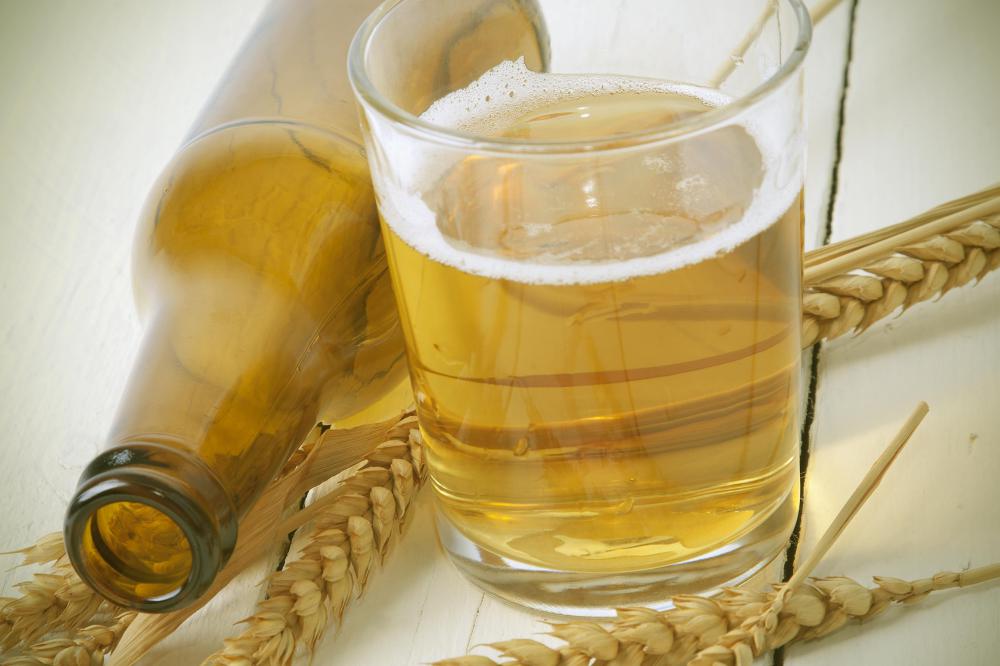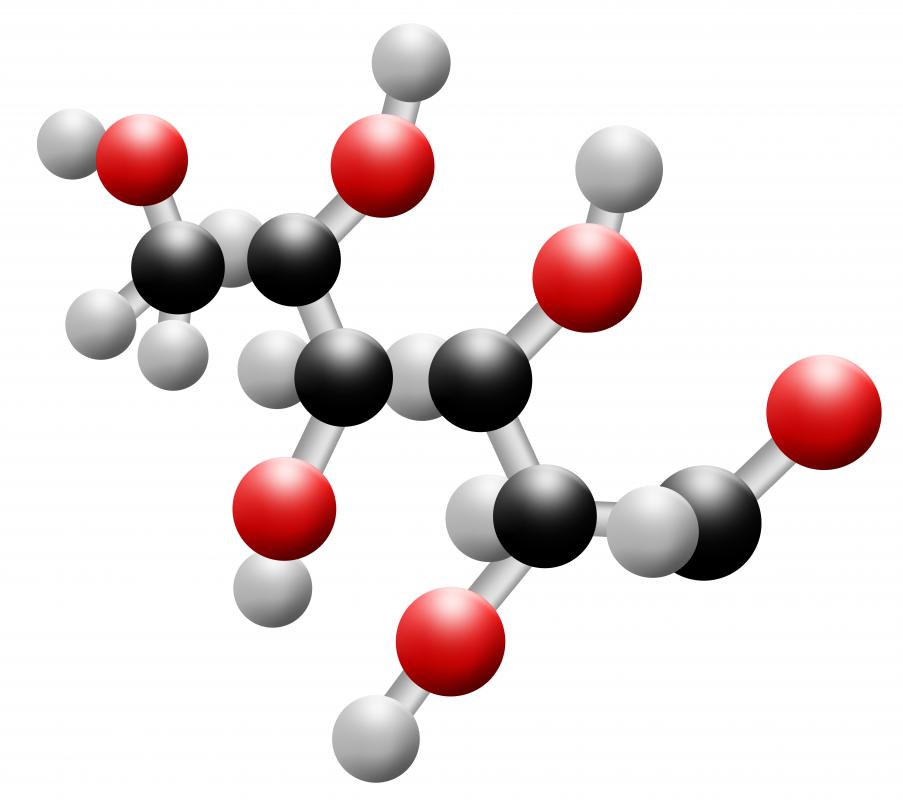At WiseGEEK, we're committed to delivering accurate, trustworthy information. Our expert-authored content is rigorously fact-checked and sourced from credible authorities. Discover how we uphold the highest standards in providing you with reliable knowledge.
What Is Maltase?
Maltase is a digestive enzyme, a naturally occurring substance that helps the body to break the sugar maltose into its individual components. Maltose is a disaccharide, which means that it is formed by two united simple sugars known as monosaccharides — specifically by a glucose bonded to a glucose. Maltase breaks the bond between these two sugars so that they can be used by the body for energy.
Found in barley and beer, maltose is a naturally occurring disaccharide. Like monosaccharides, disaccharides are known as simple sugars. In contrast, polysaccharides are made up of three or more bonded sugars. These are commonly known as starches and complex carbohydrates.

Like sucrose, or table sugar, and lactose, the sugar found in milk, maltose is formed by a pair of monosaccharides. These monosaccharides, particularly glucose, are the body’s main form of energy. The term blood sugar refers to glucose, which is stored in the liver and in muscle tissue to be made available for energy whenever the body needs it.
To access the individual glucose molecules, the body must split the maltose molecule in two. This is where maltase comes in. Manufactured in the human digestive tract by bacteria, maltase is an enzyme, a type of protein that acts as a catalyst for the transformation of maltose into two glucoses. The process by which this happens is known as hydrolysis, in which maltase breaks the glycosidic bond connecting the glucose molecules by contributing a water molecule.

Maltose has a molecular formula of C₁₂H₂₂O₁₁, which means that it made up of 12 carbon atoms, 22 hydrogen atoms, and 11 oxygen atoms, with the extra oxygen atom linking the two glucose molecules in the glycosidic bond. During hydrolysis, maltase contributes another two hydrogen atoms and an oxygen atom through a molecule of water (H₂O), with a single, positively charged hydrogen ion (H⁺) going to one glucose molecule and the remaining linked hydrogen and oxygen atoms going to the other glucose molecule. In short, these ionized glucose molecules will then be transported across cell membranes to be stored for immediate use by adenosine triphosphate, the energy-producing unit of each cell.

In short, maltase created by bacteria in the intestines goes to work on maltose in partially digested food. This maltose may have been consumed in disaccharide form, as it occurs in beer, or it may have been hydrolyzed in the mouth by amylase in saliva from a more complex polysaccharide that has been consumed. Either way, once this disaccharide reaches the small intestine, maltase released by the mucosal membrane lining the intestinal tract breaks it into monosaccharide form. The remaining glucose molecules are then absorbed through cells in the wall and enter the bloodstream, where they are transported to the liver and subsequently to the body’s muscles.
AS FEATURED ON:
AS FEATURED ON:













Discussion Comments
Can we buy maltase from the Pharmacy like lactase?
Normally, glucose molecules are displayed in their WET form which consists of a ring, rather than a straight chain since in our bodies, water is all around. When glucose is dry, it forms a straight chain - the image shown in the posting.
The enzyme maltase is complex in shape as it contains multiple amino acids in a chain, and contorted into a shape which will bond and pull apart the maltose molecule.
Note that only ONE water molecule is used to break maltose apart into two glucose molecules. This occurs in a process known as hydrolysis - the breaking apart of a chemical using water. The process is shown here:
1 maltose + 1 water --> 2 glucose
@Ceptorbi - You are correct. The suffix -ase in biology denotes an enzyme, and the suffice -ose denotes a sugar. Sucrase and lactaste are both secreted in the small intestine, too, and a lack of either one causes an intolerance for the sugar they break down. A lack of sucrase causes sucrose intolerance, and a lack of lactase causes lactose intolerance.
If maltase is a digestive enzyme that breaks down the sugar maltose, is lactase the enzyme that breaks down the sugar lactose, and is sucrase the enzyme that breaks down sucrose?
Post your comments